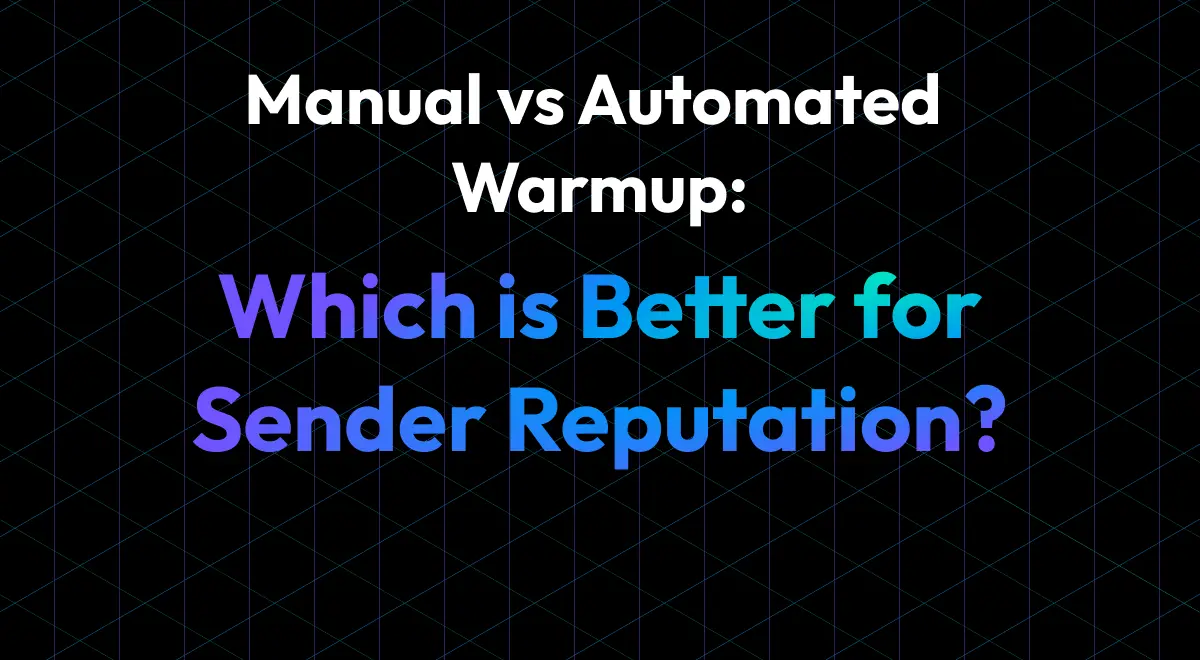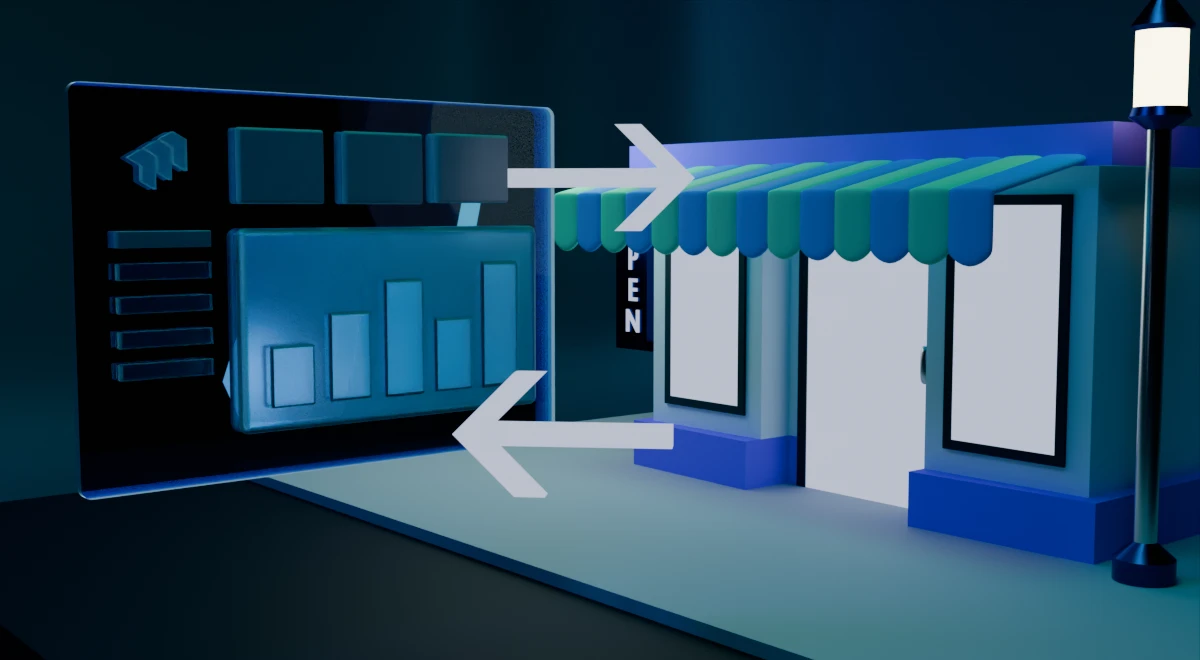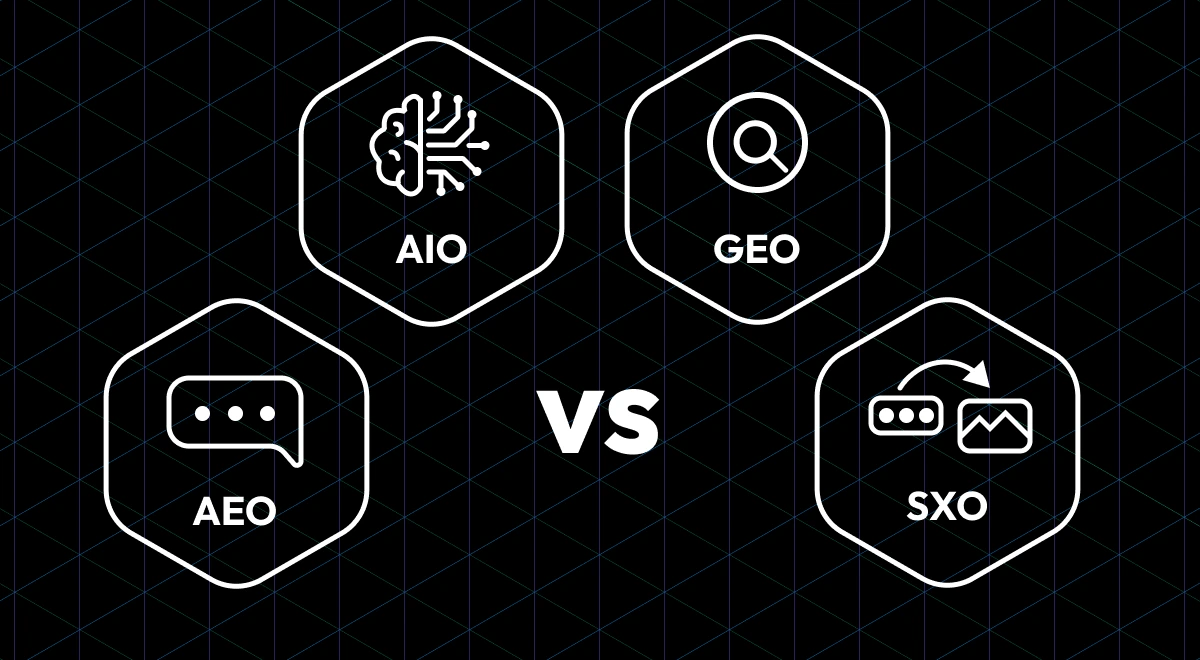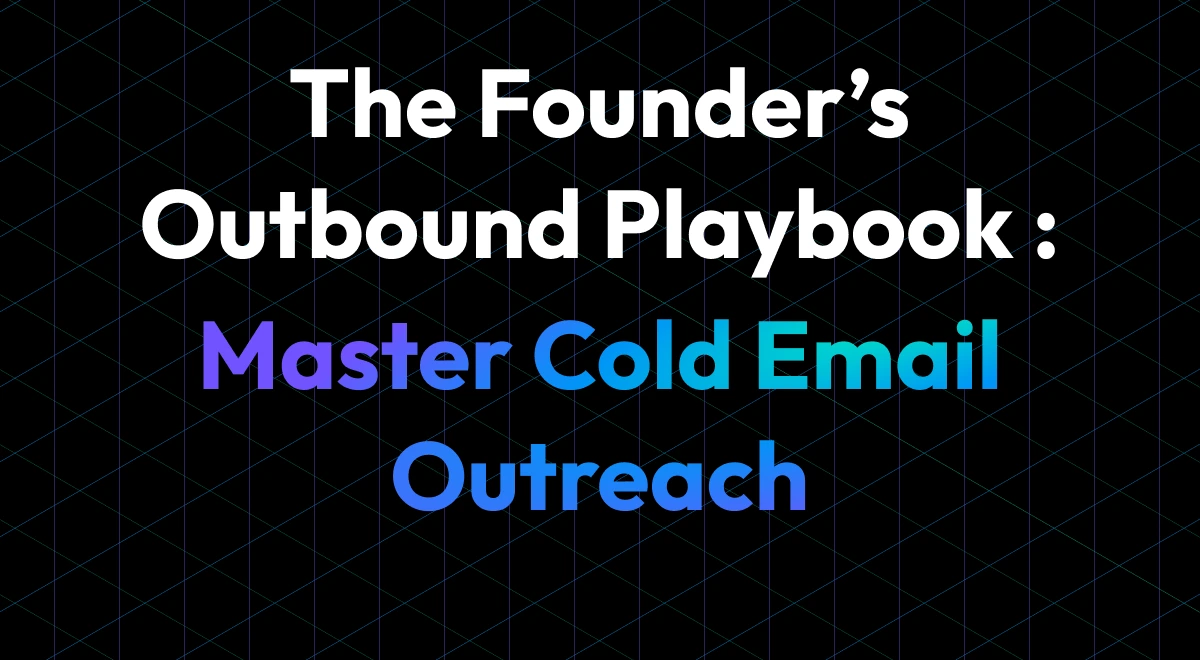Building a strong sender reputation is one of the important steps in achieving high email deliverability. Whether you're setting up a new domain or reviving an inactive account, the way you warm up your emails plays a crucial role in how Internet Service Providers (ISPs) perceive your messages.
There are two main approaches to warming up an email account: manual and automated. Each has its own advantages, limitations, and ideal use cases. Let's explore both to help you decide which approach best suits your goals.
What is Email Warm-Up?
Email warm-up is the process of gradually increasing the number of emails sent from a new or dormant email account. The goal is to build a trustworthy sender reputation with ISPs such as Gmail, Outlook, and Yahoo.
By sending emails in a controlled and consistent manner, you demonstrate to ISPs that your messages are legitimate and relevant, which improves your overall deliverability over time.Manual Warm-Up
Manual warm-up involves personally sending and replying to emails while steadily increasing your sending volume. This method requires consistent effort and monitoring.
Pros:
- Full Control: You can decide exactly when, what, and how often to send emails.
- Whitelist your content: Make your outreach copy whitelisted for better results.
- Authentic Engagement: Real replies and genuine interactions help strengthen your reputation.
- Lower ISP Triggers: Human-like behavior is less likely to be flagged as automated activity.
- Positive engagement driven by human behavior is the best way to achieve better email deliverability and a stronger sender reputation.
Cons:
- Time-Consuming: Requires significant time and effort to manage the process.
- Human Error: Mistakes in scheduling or sending emails can harm your sender reputation.
- Scalability Issues: Difficult to scale for large email campaigns or multiple accounts.
- Inconsistent Results: Without proper monitoring, results may vary.
Automated Warm-Up
Automated warm-up tools simplify the process by using software to gradually increase your sending volume, interact with other inboxes, and monitor deliverability metrics in real time.
These tools are designed to mimic natural human engagement while removing the need for constant manual oversight.
Pros:
- Time Savings: The system handles most of the work automatically.
- Consistency: Ensures a steady and predictable warm-up process.
- Scalability: Ideal for multiple inboxes or higher email volumes.
- Performance Tracking: Provides detailed analytics on deliverability and engagement.
- Early Issue Detection: Identifies blacklisting or spam problems before they escalate.
Cons:
- Subscription Costs: Most quality tools require a paid plan.
- Reduced Personalization: Automated interactions can feel less authentic.
- May negatively impact if not used correctly.
Why Manual Warm-Up Is the Better Long-Term Choice
Although automation can speed up early stages, manual warm-up consistently delivers stronger, more sustainable results. The primary reason lies in authenticity. ISPs have become highly sophisticated at detecting patterns that resemble automation. Over time, artificially generated engagement loses its impact and may even raise suspicion.
Manual warm-up, on the other hand, builds genuine trust signals. Real emails, real replies, and natural communication patterns tell ISPs that your account belongs to a legitimate sender. This results in a healthier domain reputation that lasts longer and performs better even after the warm-up phase is complete.
Conclusion:
Manual warm-up remains the most reliable way to build a strong, lasting sender reputation. It allows for real engagement, authentic communication, and complete control over how your domain is perceived by ISPs. While automation offers convenience, it often lacks the human touch that truly establishes trust.
For businesses that want to leverage the power of manual warm-up without the time burden, Mailineers provides the perfect balance. Our platform combines human-driven engagement with strategic monitoring, helping you strengthen deliverability the right way naturally, effectively, and sustainably.




